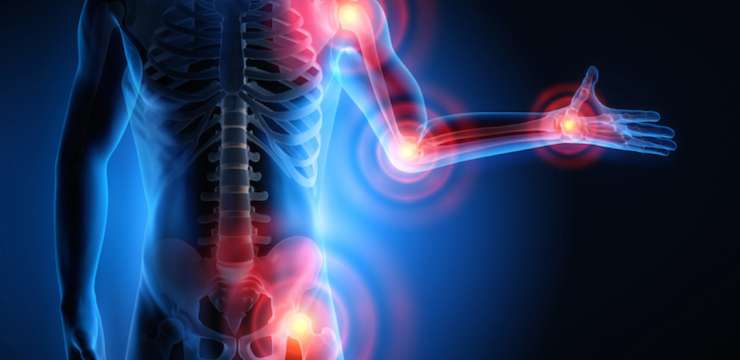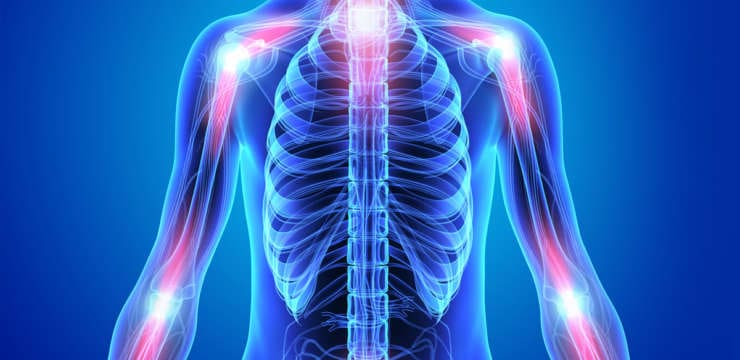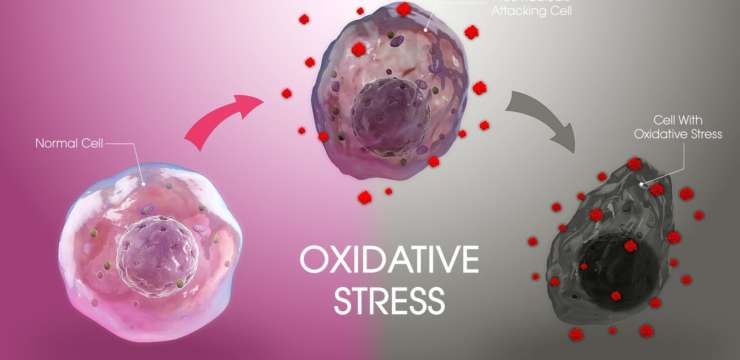The link between inflammation and many diseases was made less than 15 years ago. With that being said, there is still so much we are constantly finding out about the connection. Inflammation and disease can be thought of as a circle, the relationship is complex and goes both ways. Inflammation is not always felt by the patient. Majority of inflammation happens in the gut and digestive tract. This leads to something we call “Leaky Gut†or Intestinal Permeability.Â
Contributing factors to systemic inflammation include:
SmokingÂ
Environmental pollutantsÂ
Overweight
Sedentary lifestyleÂ
Stress
Diet
It is important to keep in mind that not all inflammation is bad. In fact, we need inflammation. Inflammation is a natural and normal response within the body to help repair damaged areas. However, when the inflammation gets excessive, we begin to see problems arise. The first steps we take is to eliminate and reduce the contributing factors of systemic inflammation. Smoking includes second hand smoke as well environmental pollutants. These create excessive inflammation in the body and we are unaware of what we are truly breathing in. A sedentary lifestyle and being overweight typically go hand in hand. Adipose tissue or fat cells produce inflammatory chemicals at a faster rate than lean muscle mass. When we live a sedentary lifestyle and begin to carry around added weight, we are adding fuel to the inflammatory fire. Lastly, stress can add unnecessary inflammation to the body by causing cortisol to release into the adrenal pathways. Â
Nutrition
Anti-Inflammatory diets are constantly circling around. There have been studies with benefits linking to diets that include healthy fats, low glycemic, wheat-free, Mediterranean, ph-balanced, and antioxidants. One thing that all healthcare providers seem to have in common is agreeing that nutrition is linked to inflammation and pro-inflammatory foods include trans fats, SFA, ARA, and high glycemic loads.Â
In order for a patient to be on a true anti-inflammatory diet that helps recover their gut and reduce inflammation, lab work is needed. The reason is that one food that is anti-inflammatory in one individual, might be causing major irritation and inflammation in another.Â
LabsÂ
To start off, we run a Food Sensitivity Test from Vibrant America. This tests to make sure they do not have any specific IgG reactions to foods consumed, like wheat, vegetables, fruits, and more.

















